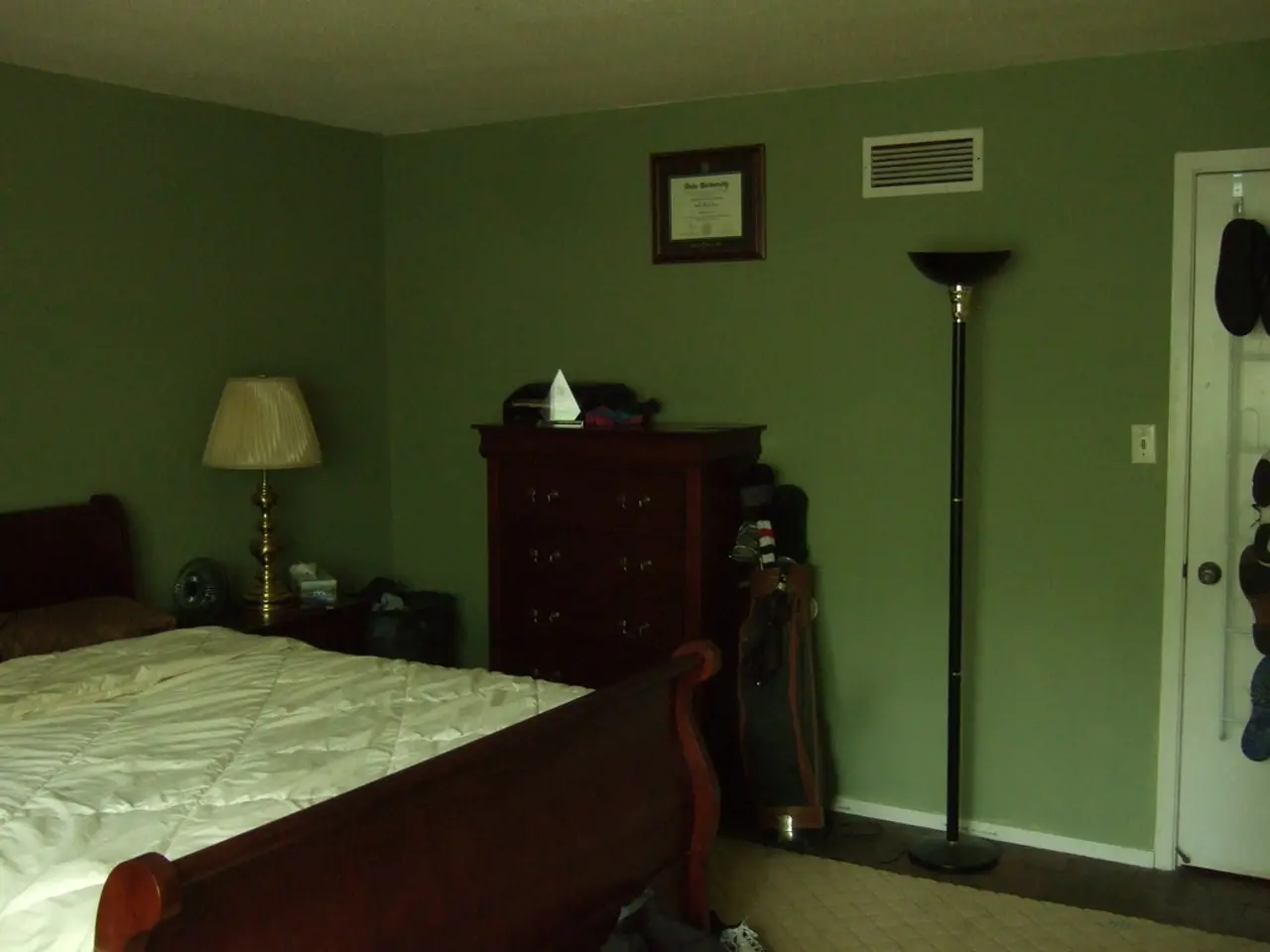"Embrace Urban Living: Prioritizing Multi-Unit Residences in North America instead of Suburban Homes"
In the ever-evolving landscape of urban living, the shift towards multi-family housing has become a significant talking point, shaking up the traditional American Dream of owning a single-family home in the suburbs. This change, driven by rising housing costs, urbanization, and demographic shifts, is reshaping norms and housing availability.
Benefits of the Shift
One of the potential advantages of this transition is increased housing affordability and availability. Multifamily builds help address the undersupply of affordable homes, particularly for renters and lower-income households.
Moreover, higher-density housing can contribute to more sustainable urban development by reducing urban sprawl, preserving green spaces, and supporting better public transit and infrastructure. This shift also offers flexibility and inclusivity, accommodating diverse household types and making efficient use of land.
Challenges Ahead
However, this transition is not without its challenges. Cultural attachment to single-family homes and the privacy, space, and lifestyle associated with suburban homeownership can cause resistance to increased multifamily zoning and living arrangements.
Additionally, zoning and regulatory hurdles can delay or complicate multifamily construction and adaptations, limiting rapid responses to housing needs. Market and economic dynamics also pose challenges, with affordability remaining pressured by rent increases and occupancy fluctuations.
A New Urbanism
The shift towards multi-family housing is gradually remaking American urbanism and the American Dream itself, moving from uniform single-family suburban ideals to diverse, mixed housing models that better reflect contemporary economic and social realities.
The successful integration of multifamily housing could enhance affordability and sustainability but will require navigation of cultural preferences and policy reform.
A Complex Transition
The impact of this shift is complex, balancing long-standing values of homeownership with practical solutions for housing challenges in the 21st century. While the concept of living in a four-bedroom apartment might be foreign to North America, it could be a step towards addressing housing affordability issues.
This transition, however, is not without its historical baggage. The suburbs, following World War II, were considered the ultimate representation of the American Dream for homeownership. However, they also provided a chance for white residents to escape social tensions in large cities due to a growing population of minority groups. Segregation is still an issue in suburban areas, despite Jim Crow Laws no longer existing.
In conclusion, the shift towards multi-family housing presents both opportunities and challenges. Navigating cultural preferences, policy reform, and historical baggage will be key to creating sustainable, affordable, and inclusive urban living spaces for all.
- In the realm of finance, the shift towards multi-family housing could potentially open up lucrative investment opportunities in the real-estate sector, particularly for those interested in properties that cater to the rising demand for affordable housing.
- This transformation in urban living, as it unfolds, promises to redefine the concept of lifestyle, moving away from the traditional suburban homeownership to include a broader spectrum of housing options, such as home-and-garden apartments amid the hustle and bustle of city life.
- As this complex transition continues to unfold, it is crucial to consider its potential impact on the housing market, with the possible shift from single-family homes to multi-family dwellings likely to influence demographic trends and homeownership rates.




